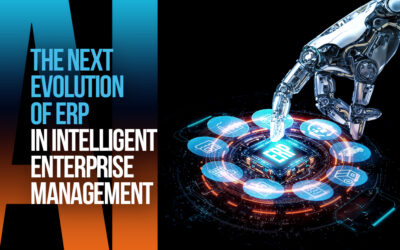There are five strategic ways the digital supply chain creates an advanced, productive and cost-efficient business model.
1. DIGITAL SUPPLY CHAIN ENABLES REVENUE ENHANCEMENT.
Maintaining high-value product at multiple points in the supply chain is costly. To combat this, companies need to move away from a resource-intensive, inside-out or internally driven model where all activities connected with the supply chain are wholly owned and operated by each company, to an outside-in approach.
2. DIGITAL SUPPLY CHAIN ENABLES FLEXIBILITY.
As personalized medicine, personalized care and globalization push the industry from a stock-based model to a real-time, order-based approach, companies must find ways to build fast and responsive supply chains.
3. DIGITAL SUPPLY CHAIN ENABLES TRANSPARENCY.
A digitized platform provides real-time visibility and transparency to the supply chain, letting companies know exactly where each piece of inventory is at any point on the path from producer to consumer.
4. DIGITAL SUPPLY CHAIN ENABLES TRACEABILITY.
An important element of transparency is traceability, or the ability to know precisely where a product has been on its way to the appropriate endpoint and when it safely arrives.
5. DIGITAL SUPPLY CHAIN ENABLES SECURITY.
By digitizing and moving information to an electronic platform, companies gain enormous opportunities to streamline the supply chain, drive out process errors and improve oversight — but they also open themselves up to information leakage and security holes.
This position paper looks at the supply chain of the future and the industry transformation that needs to happen.
Related Articles
AI: The Next Level After ERP in the Digital Transformation Journey
Implementing an ERP system is not the final destination of digital transformation—it’s merely the first step toward standardizing and digitizing enterprise operations. To truly gain a competitive edge in today’s volatile environment, organizations must evolve from...
Where Should You Start When Implementing AI Agents in Your Business?
In the era of intelligent automation and digital transformation, enterprises are increasingly turning to AI agents—autonomous, intelligent systems capable of perceiving, reasoning, and acting—to streamline operations, enhance decision-making, and improve customer...
Conversational AI Agents: Transforming Customer Engagement with Ciaxi AI by ICSC
In a digital-first world, customers expect more than just quick answers—they want personalized, human-like interactions that are available 24/7 across all channels. This is why leading enterprises are turning to Conversational AI Agents. At ICSC, we empower businesses...



